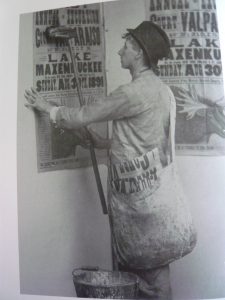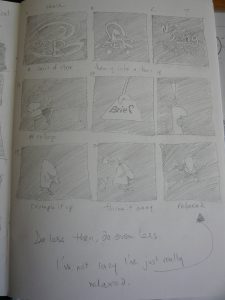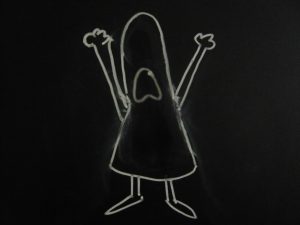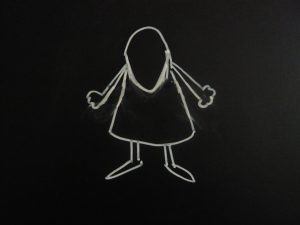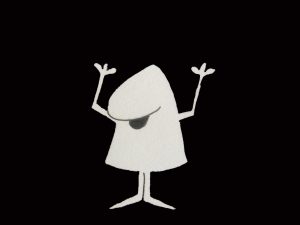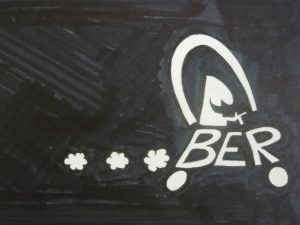Manifesto Research:
This collaborative project developed around the idea of ‘Doing less. Then do even less’. The principle concept was divided and then articulated into a manifesto based around various ideas of what laziness is and how that can be achievable in an everyday context. Some members of our group explored posters and leaflets. I attempted to create a short animation, something I have never done.
Researching protest art I was struck by La Chienlit C’est Lui work depicting Charles de Gaulle, and the shadow imagery of the caricature used.
The Lazy Manifesto
Basic Principles:
Initial concepts were discussed around such topics as how to be lazy and lazy alternatives to consuming drinks for example. These then developed into:
1. Odering takeaways rather than cook. 2. Taking an Uber everywhere.
3. Using wet wipes rather than shower. 4. Laying in on weekdays. 5. Not doing uni work.
A Shot in the Dark (United Artists, 1964)
Director Blake Edwards Opening Credits (DePatie-Freleng Enterprises/George Dunning and Associates) Director: George Dunning
Catch Me If You Can was my second source of research. The opening sequence portrays a mysterious style title, which both gives the viewer a small insight to the basic plot of the film, but also keeps them in suspense and maybe keeps them guessing before it has even started. Inspired by the work of Saul Bass. This is an effective title sequence that sets up the film and gives a small idea of what the film is about. It is a quirky and an interesting piece to watch.
Storyboards Concepts:
I created a series of drawings that were negatives to the protest art that I re- searched. Each drawing was sequenced by hand doing various actions highlighted in our Lazy Manifesto.
The challenge was how time consuming each rendering took and understanding the basic movements in animation that when edited together illustrated an agenda.
Every process was labour intensive and creating visual narratives that illustrated yawning, walking and an Uber sequence that turned into a car was very difficult to execute. Using the above examples I storyboarded the initial sequences.
Sequences:
My original sequence was drawn on a chalk board and photographed. Each movement was then rubbed out and replaced with the next series of animation.
Rendered in Photoshop:
Having decided that the chalk board exercise was too incomplete I returned to my sketchbooks and reworked various themes. Then scanning each image into photoshop and re-rendered and animated each action.
Rendered in Photoshop
Final Sequence:
Critical Analysis
Regarding the storyboards: The introduction to utilising our environment and therefore structuring a narrative was really enjoyable. Within the storyboard i created a brief outline of a broader story based around the structure of the Manifesto. Using key elements of the agenda was built as a semantic exercise relying only on these components to propel the narrative. Visually I think my animation is scrappy and underdeveloped however it does convey the general idea. Developing technically the ideas needed to be more coherent and required sound to the final sequence. The overall composition was still not completed by the time of assessment and throughout the second semester I have revisited this project. This was a very steep learning curve and was an extremely challenging project.

